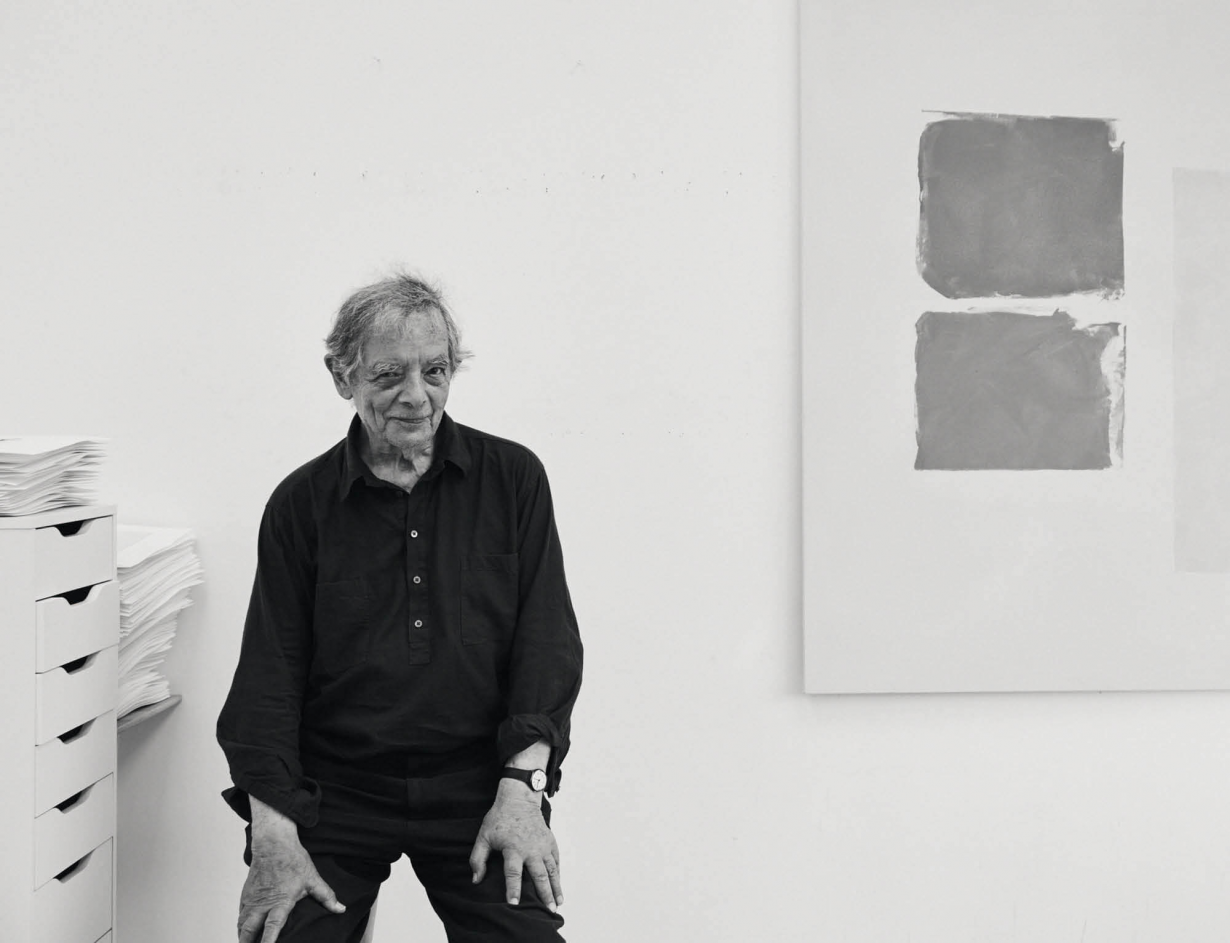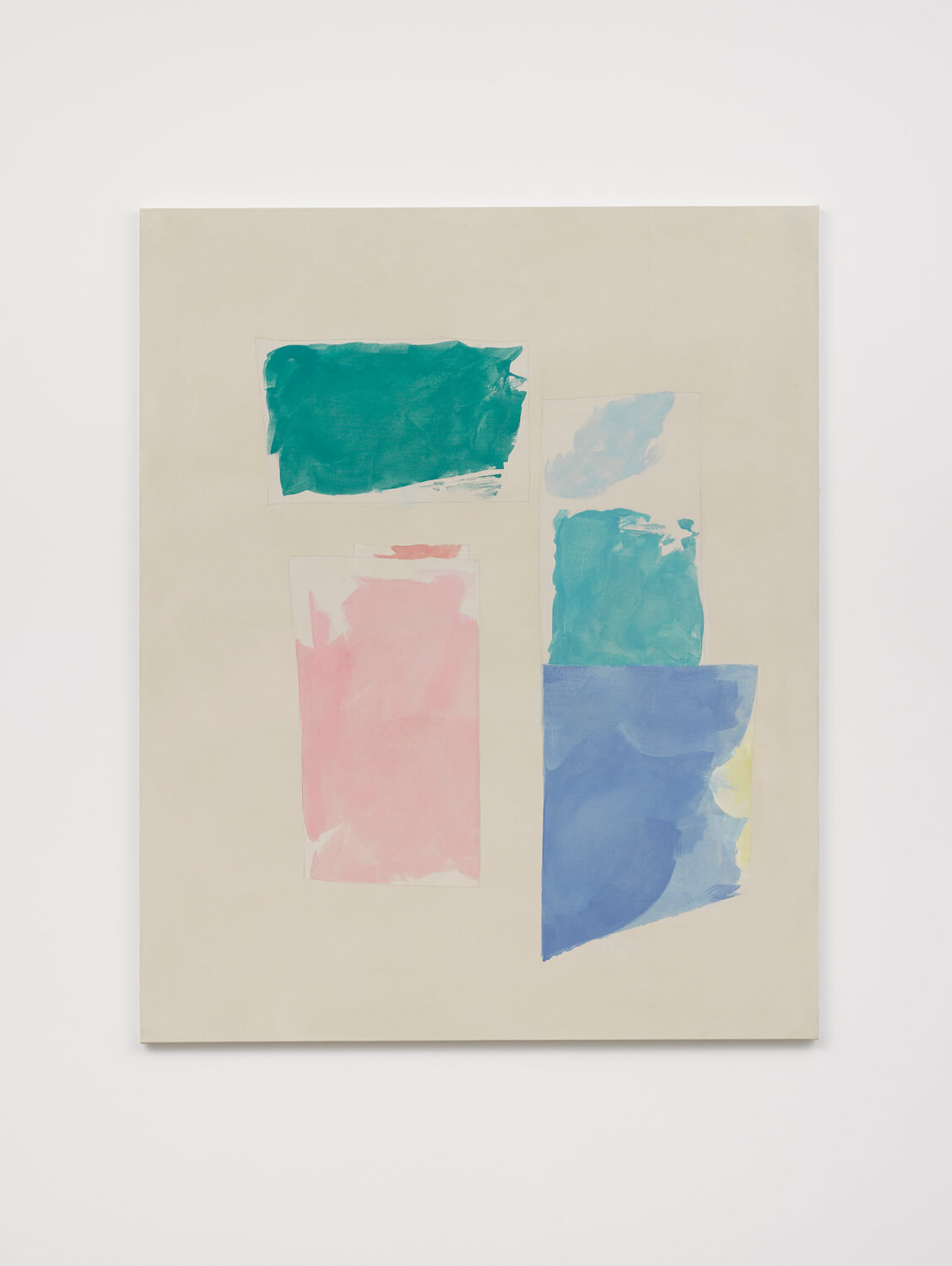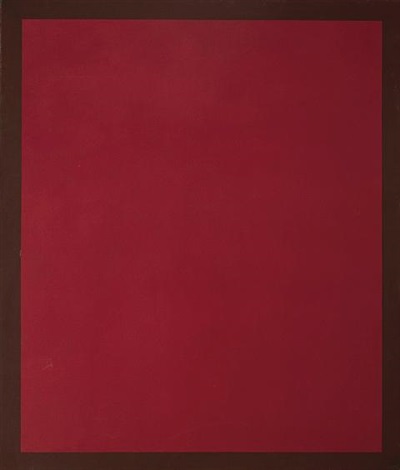Peter Joseph, the British abstract painter, has died. Joseph’s work is often compared to American artists Mark Rothko and Barnett Newman, but his compositions were less bombastic, taking inspiration in their use of colour from historic figures such as Claude, Cézanne and Pissarro.
Joseph turned to art in his twenties following surgery for a brain tumour; in doing so, he abandoned a previous career in advertising.

The artist first showed at the fledgling Lisson gallery in 1967 alongside Derek Jarman, Raymon Ginghofer and Keith Milow, with Lisson’s founder Nicholas Logsdail giving Joseph a solo show the following year. Over the next decade Joseph developed what became known as his ‘two-colour paintings’, in which one block of colour overlapped another in a darker shade. As successful was the Border series, monochromes framed by a dark rectangle border, inspired by a visit to the BFI in 1971 to see a ‘well put together but ultimately slightly boring’ film. The projector at the cinema broke down half way through and the artist recalled he stared at the blank screen for an hour, the emptiness replicated later in a series of canvases.


Logsdail said in a statement: ‘Peter would say there was no composition involved in his work, only a concentration on the colour tones and the way light hit the surface and interacted with the relative scale of the two rectangles. He compared his paintings to music and often spoke of music as the first form of abstraction, with many great composers, from Johann Sebastian Bach onwards, more interested in sentiment than narrative. This was what Peter sought: to remove the content while retaining the meaning, thereby amplifying the emotion.’
Joseph had shows at Camden Arts Centre, Kenwood House and the Royal Academy in London, as well as the Museum of Modern Art, Oxford, the Kunsthalle Düsseldorf and MCA Chicago.